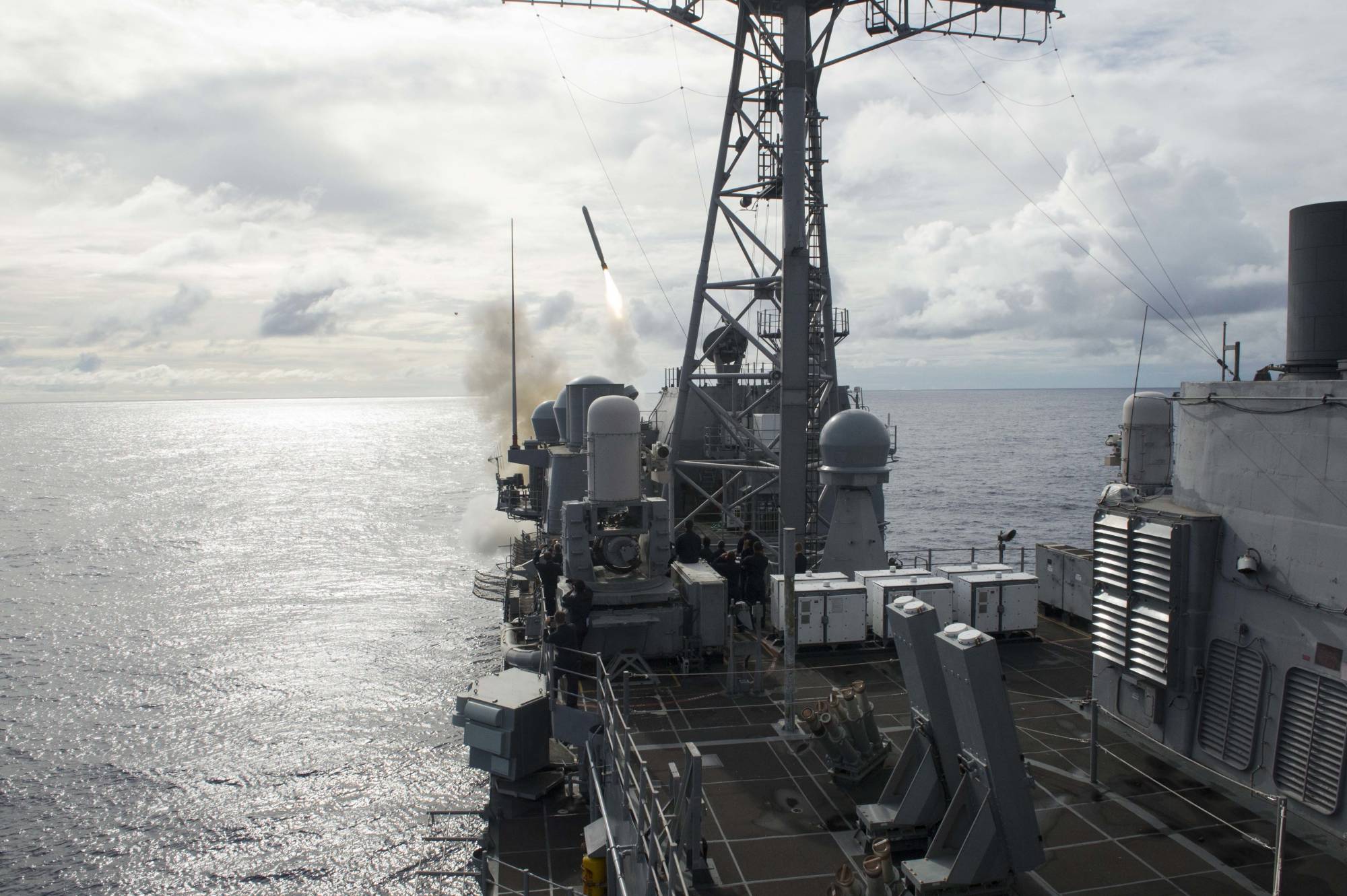In recent years, the Japanese government has attempted to upgrade its ballistic missile defense (BMD) capability to an integrated air and missile defense (IAMD) system. The deployment of Aegis Ashore to Akita and Yamaguchi prefectures was considered to be one of the integral components of the nation's IAMD system. Then Defense Minister Taro Kono announced in June that Japan would abandon the deployment of Aegis Ashore, and as a result, Japanese strategists and parliamentarians, especially the ruling Liberal Democratic Party, resumed a debate over the option of possessing a strike capability against enemy bases. Some Japanese military analysts, especially Yoshiaki Yano, a visiting professor at Gifu Women’s University, have even contended that Japan should possess nuclear weapons in lieu of Aegis Ashore.
The policy debate over Japan’s acquisition of a strike capability against enemy bases is not a new topic. In light of the re-interpretation of Article 9 of the Constitution in relation to possession and use of a strike capability against enemy bases, the government has explained that it is not unconstitutional for Japan to possess such a strike capability for the purpose of self-defense.
Indeed, an official view expressed by the administration of Prime Minister Ichiro Hatoyama on Feb. 29, 1956, justified the possession and use of capability to strike enemy bases, stating: "If Japan were in imminent danger of an illegal invasion, and the method of invasion were a missile attack against Japan’s national territory, I simply cannot believe that the spirit of the Constitution requires that we merely sit and wait to die. In such a case, I believe that we should take the absolute minimum measures that are unavoidably necessary to defend against such an attack, so that in defending against a missile attack, for example, if no other suitable means are available, striking the missile base should be legally acceptable and falls within the range of self-defense."



















With your current subscription plan you can comment on stories. However, before writing your first comment, please create a display name in the Profile section of your subscriber account page.